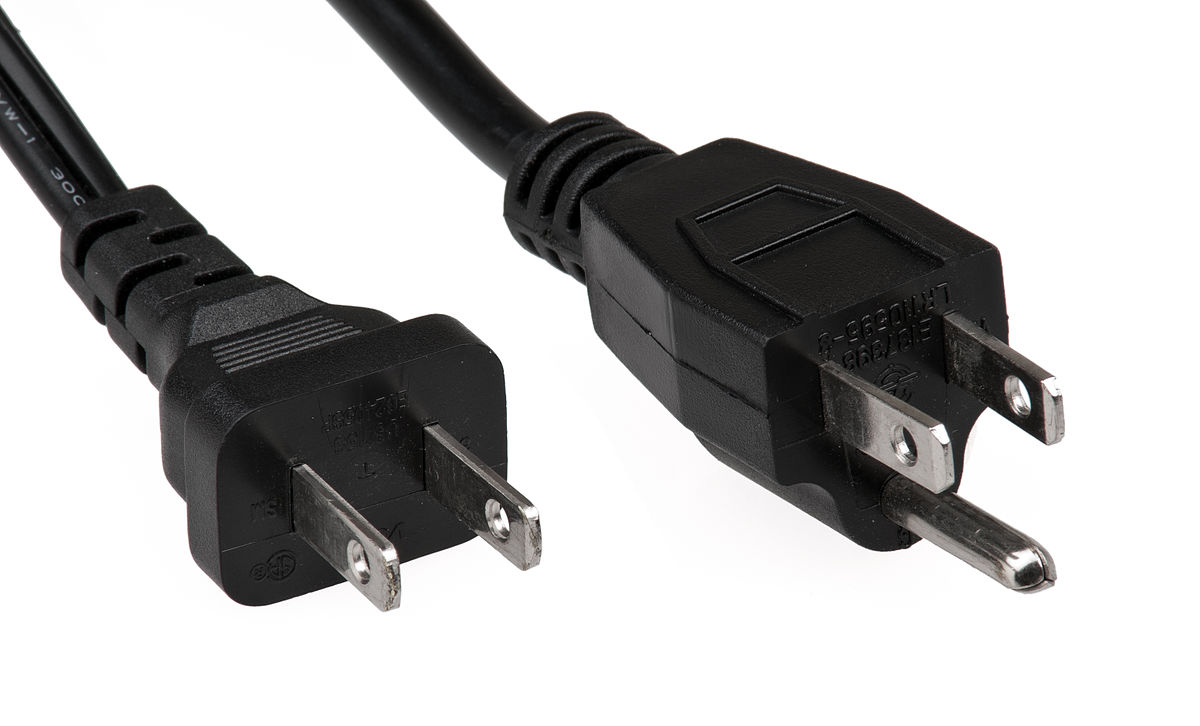I have no idea how many Volts the 10-30 is. My breaker box is a Homeline HOM24L125TC Type 1 Enclosure Series 3, rating at 125 amps max. Haven't a clue how to decode all that.
Most breaker boxes in the US are going to be 240v (split phase 120v). The box would have either 240 or 120 available as well as neutral and ground.
Depending on the other loads in your house, 125a may or may not provide enough capacity to add much. Question for an electrician. Also, a 125a rated box may not actually have 125a supplied to it.
dont underestimate the value of a 6-20 outlet if that’s all you can get cheaply. 10 or so miles per hour for a model 3.
lookup NEMA plugs for more info…. But in general.
5 series are 120v (hot neutral-ground)
6 series are 240v. (Hot-Hot-ground)
10 series are 120/240 (hot-hot-neutral)
15 series are 120/240 (hot-hot-neutral-ground)
You get 120v between a hot and neutral.
You get 240v between two opposite phase hots.
edit to add - the 5- series plugs are the typical household outlets.
10 series are old style dryer/stove
15 are new style dryer/stove.
dryers and stoves will use both 120v for lights, motors & 240v for heating elements.
6 series are more general utility.
Also interesting, but very off topic, RVs use a 14-50 in many cases, but they don’t use 240v. They most always use the hot-neutral only.



